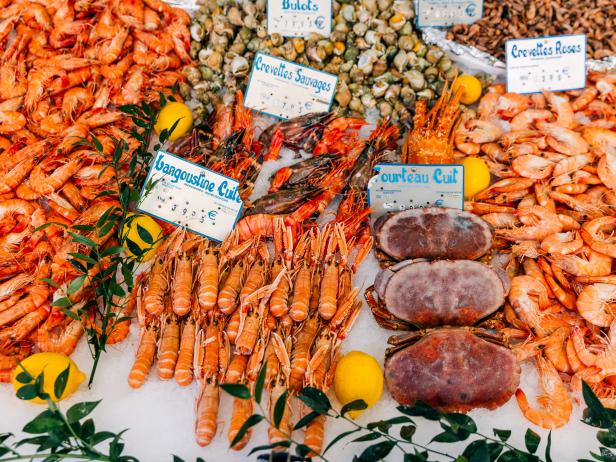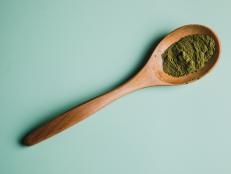What’s the Difference Between Farmed and Wild-Caught Shrimp?
Here’s how to choose.

Alexander Spatari/Getty Images
Shrimp (as well as lobsters and crabs) are classified as crustaceans, a type of shellfish with a hard shell and jointed legs. The flesh is tender and mild, and the outer shell can be used to flavor soups and seafood stocks.
Much like other types of seafood, shrimp can be farm-raised or wild-caught. Wild shrimp can be caught by a variety of methods, and some are more sustainable than others. The various traps, pots and nets commonly used to catch shrimp in the wild may accidentally also trap other species of marine life which may be worrisome depending on where the fishing takes place.
Farmed fish are raised in fresh or saltwater ponds, or other more sophisticated aquaculture systems where proper management of water and waste needs to be carefully monitored.
So is one better than the other? It depends. Here’s how to choose between the myriad of choices at your seafood market or frozen food aisle.
Should You Buy Farm-Raised or Wild-Caught Shrimp?
Making sense of the numerous sources of both wild and farmed shrimp is daunting. According to the Monterey Bay Aquarium Seafood Watch Program, shrimp is the most popular seafood choice for Americans. This program has a three-tiered rating system that designates seafood choices as “Best Choice,” “Good Alternative” or “Avoid” based on how specific varieties of seafood are farmed or caught and managed. Some of the top recommendations for shrimp include “Whiteleg shrimp.” They may also be referred to as “Ebi,” “Mexican White Shrimp” or “Pacific White Shrimp.” These shrimp are sourced from the United States, farmed in ponds or can also be found from various international sources farmed in indoor tanks. Good alternatives include “Yellowleg shrimp” from Mexico and Baja California. These fish are also referred to as “Café Brown Shrimp” or “Ebi” and are wild caught with bottom trawl gear.
The Marine Stewardship Counsel (MSC) is a non-profit organization dedicated to recognizing and fostering sustainable fishing practices. They give the MSC blue seal of approval to fisheries and organizations that meet their strict sustainability standards. This imagery can be viewed at fish counters and on bags of frozen shrimp and other seafood packaging to help consumers make purchases from sustainable sources.
Bottom Line: Shrimp are a delicious, versatile and a popular seafood choice. Check country of origin labeling on packaging or ask your local fish monger about sourcing. Rely on updated resources from sustainability seal of approvals from reputable organizations when shopping for shrimp.
Related Content:


































